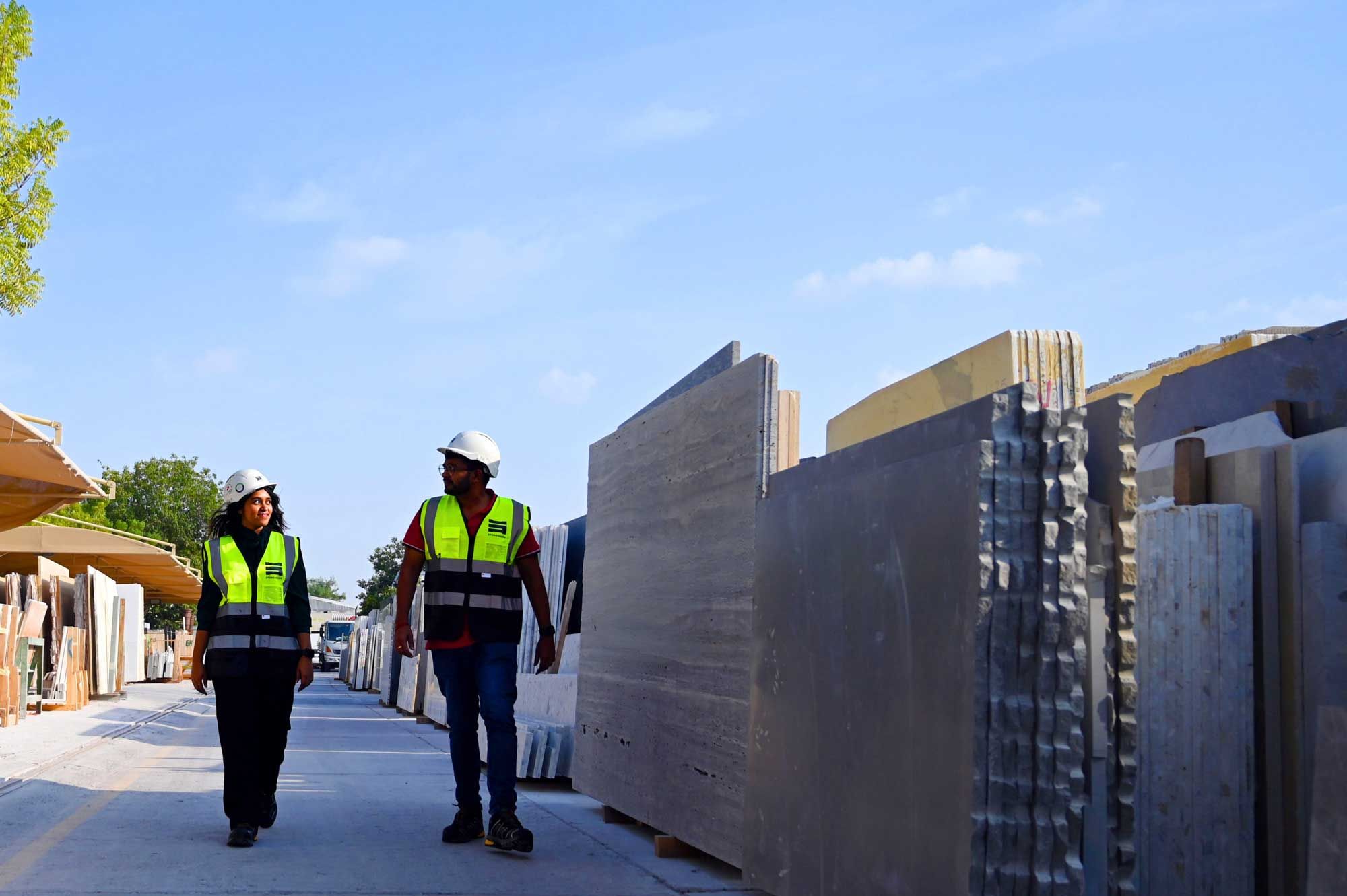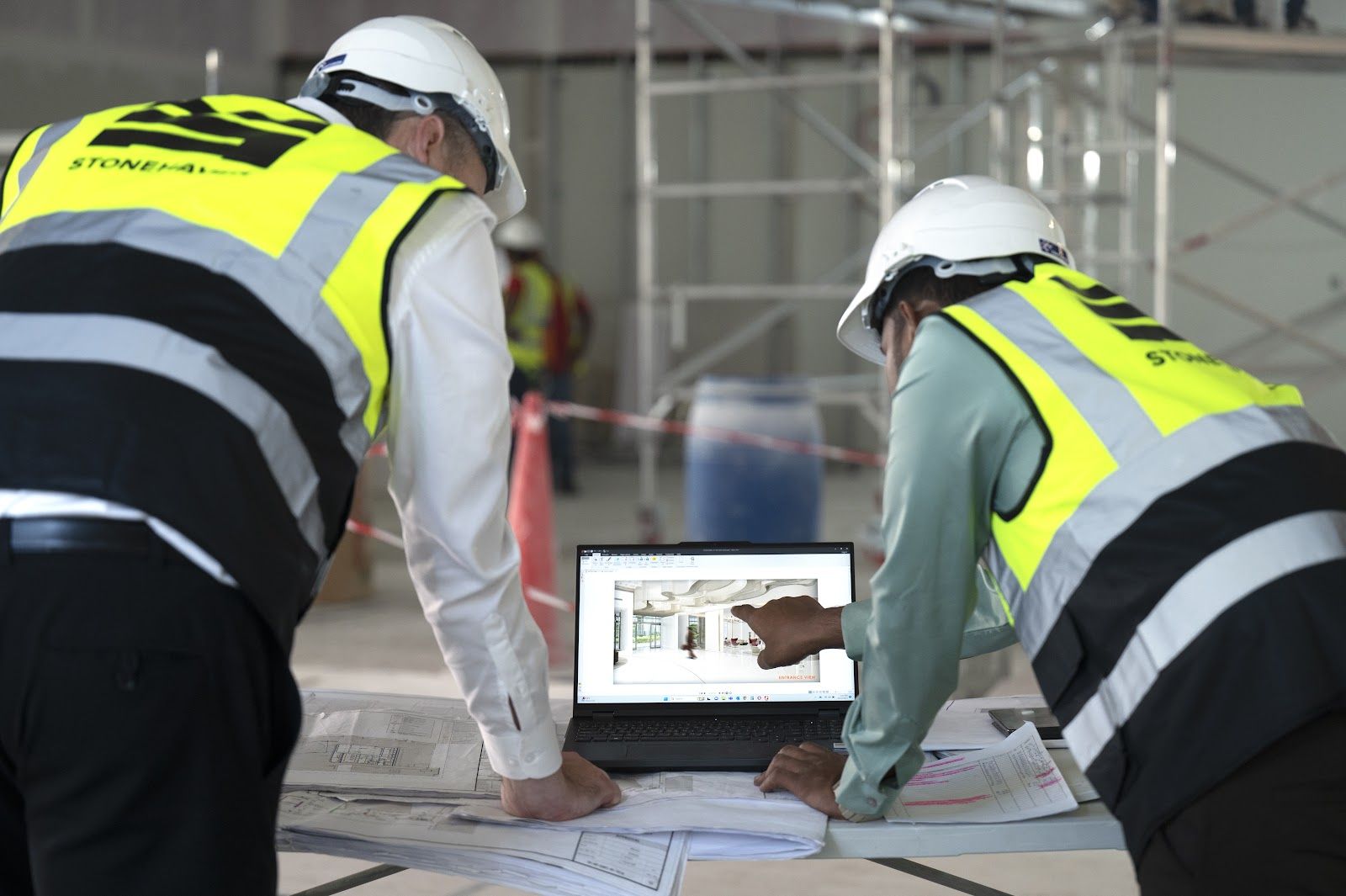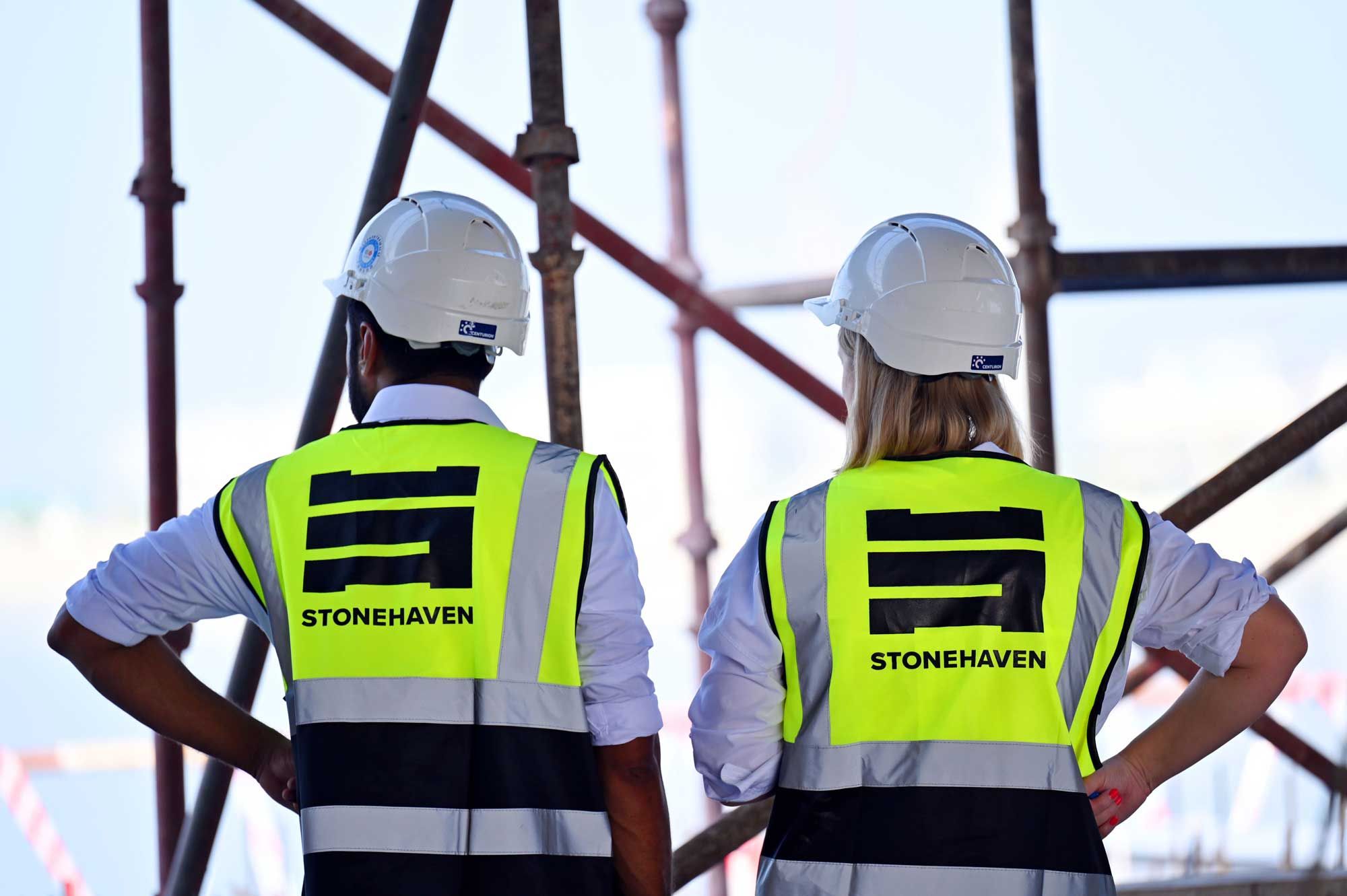Every landmark development begins with one critical ingredient: a number. Not a guess. Not a range. But a carefully calculated estimate that influences design, timelines, procurement, and ultimately success. In construction, cost estimation is far more than just math. It's a prediction model, a negotiation tool, and a project’s first defence against overruns. Yet, despite its foundational role, the many types of cost estimates in construction are often misunderstood, misused, or altogether overlooked.
From a skyscraper’s skeleton to a suburban cul-de-sac, a solid construction estimate anchors every project in fiscal reality. Whether you’re managing the earliest sketches or navigating post-tender phases, understanding the nuances between different estimate types isn’t optional—it’s essential.
In this guide, we decode the five core types of cost estimates—Preliminary, Detailed, Quantity, Bid, and Control—through the lens of modern construction management. We'll explore their strategic timing, their function within the construction lifecycle, and how they evolve from napkin sketches to boardroom negotiations.
If you’re a contractor, developer, project manager, or investor, mastering these estimates isn’t just smart—it’s your competitive edge. Let’s break down the numbers that break ground.
What is a Construction Cost Estimate?
A construction cost estimate is a data-driven forecast of the expected financial cost to complete a project. It forms the bedrock of budgeting, bidding, and strategic decision-making, ensuring that all stakeholders—from clients to subcontractors—operate from a shared understanding of financial scope.
Far beyond basic arithmetic, cost estimation in construction incorporates material quantities, labour, plant, overheads, risk, inflation, and geographical variables. It also factors in soft costs such as design fees, permitting, insurances, and contingency. The purpose of any cost estimate is to answer the question: How much will it take to build this, and is it financially viable?
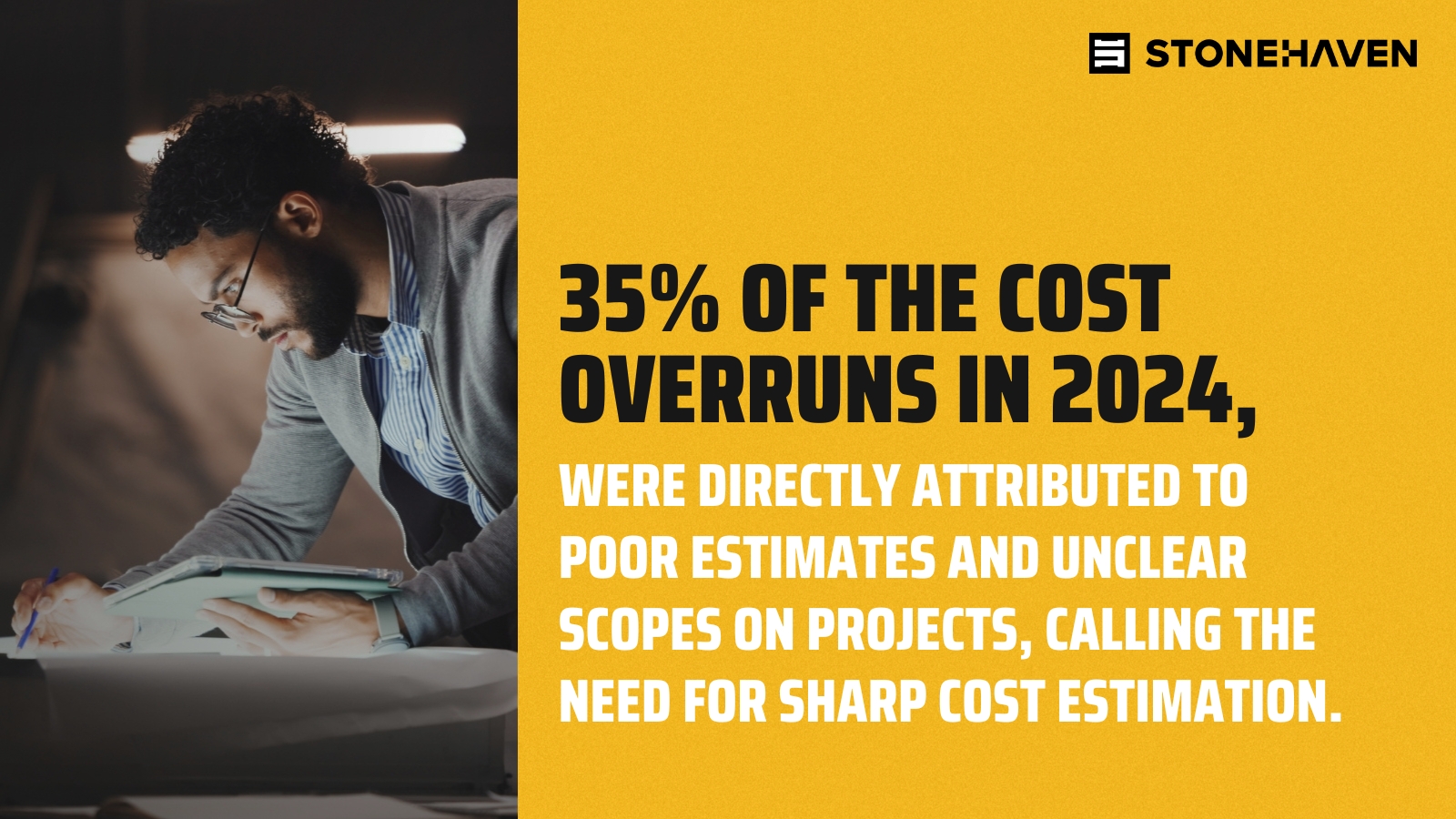
In practice, a construction estimate can either make or break a project’s lifecycle. When accurate, it prevents budget overruns, mitigates contract disputes, and builds trust. When inaccurate, it introduces spiralling delays, contract amendments, and reputational risks.
There isn’t one universal method for estimating—there are several. The most effective project managers and cost consultants know how and when to use each type of cost estimate. Whether it's the rough estimate in construction that launches a feasibility study or the control estimate used to manage cost flow during execution, understanding the right estimate at the right time is essential. Because in 2024, 35% of cost overruns in construction projects were directly attributed to poor estimates and unclear scopes.
What are the Types of Construction Estimates?
There are five primary types of estimates in construction that evolve through the project's lifecycle. These include:
● Preliminary Estimate
● Detailed Estimate
● Quantity Estimate
● Bid Estimate
● Control Estimate
Each type of estimate serves a different purpose. Whether it's setting financial expectations early in planning or locking down costs during procurement, understanding these categories is crucial to achieving a project that is both on-budget and on-time.
Preliminary Estimates – These are created at the concept or inception stage and are often based on limited information. They're used for feasibility studies and budget forecasting.
Detailed Estimates – Developed once design and scope are well defined, these provide itemised breakdowns of all components, including labour, materials, equipment, and overheads.
Quantity Estimates – Based on detailed design drawings, these estimates quantify every construction component. Quantity Surveyors typically use this method to derive Bills of Quantities.
Bid Estimates – Contractors generate these estimates to prepare competitive bids. These include market rates, margins, and allowances for risk.
Control Estimates – Used for monitoring and managing project costs during execution. These estimates allow for real-time budget tracking and variance reporting.
Whether you're applying one of the two types of cost estimates in construction commonly used in early feasibility (Preliminary or Quantity) or leveraging the 3 types of cost estimates in project management (Detailed, Bid, Control) for execution and control, clarity matters.
Choosing the correct estimate type—and executing it accurately—can safeguard financial performance and build trust across stakeholders. In the sections that follow, we break each down in detail.
Preliminary Estimate
Also known as the rough estimate in construction, a preliminary estimate provides a broad view of projected costs at the earliest planning stages. Often derived from benchmarks, historical data, or cost per square metre—though these figures must be adjusted for project complexity, site conditions, and current market volatility to avoid misleading results.
This type of cost estimate is instrumental in answering one big question: Should we proceed?
While not highly accurate, it sets the financial tone and helps secure internal approvals or investor interest. At this stage, scope is vague, but the estimate is enough to assess viability, budget range, and design ambition.
Use case: Masterplanning, feasibility studies, or early client pitches.
Detailed Estimate
Once the design is finalised, a detailed estimate dissects the project into its smallest cost components. Here, estimators calculate specific quantities, material types, labour rates, subcontractor inputs, equipment needs, and overheads.
This type of estimate provides high precision and serves as the baseline for budget management and tender evaluation. It’s most valuable during the design development or pre-tender phase, often used by cost consultants or construction managers to verify scope and ensure alignment with budget expectations.
Accuracy matters here. A detailed estimate forms the basis for financial approvals, funding drawdowns, and cash flow planning.
Quantity Estimate
A quantity estimate breaks down all components into measurable units based on drawings and specifications. These measurements form the technical backbone of detailed estimates, allowing cost planners and Quantity Surveyors to generate accurate Bills of Quantities (BoQs). They ensure that every cost item—from materials to man-hours is accounted for with precision and consistency.
Typically produced by a Quantity Surveyor or cost planner, this type of cost estimation in construction ensures nothing is missed and everything is accounted for. Whether it's cubic metres of concrete or linear metres of ductwork, precision in quantifying materials directly affects procurement accuracy and contractor pricing.
Use case: Pre-tender documentation, cost planning, and progress valuation on-site.
Bid Estimate
When a contractor prepares a tender submission, they rely on the bid estimate—a blend of technical costing, strategic pricing, and risk assessment. This estimate integrates real-time market rates with internal knowledge of productivity, adjusted unit pricing, preliminaries, and programme constraints. It also considers value engineering options and competitive mark-ups to ensure the bid remains commercially viable without eroding margins.
This type of estimate combines real-time market pricing with internal knowledge of labour productivity, resource availability, and risk.
More than just a cost figure, a bid estimate represents a commercial strategy. It includes mark-ups, contingency allowances, and programme risks that could impact profitability.
Accuracy here wins contracts. If the estimate is too low, it leads to financial strain. Too high, and the opportunity is lost. Bid estimates must strike the perfect balance.
Use case: Tender submissions, design-build bids, subcontractor procurement.
Control Estimate
It is actively updated to reflect site conditions, ongoing valuations, approved variations, and actual financial commitments. Control estimates serve as a live cost dashboard—driving cost-to-complete forecasts, commitment tracking, and earned value analysis throughout the delivery phase.
Unlike earlier estimates, control estimates are dynamic. They’re updated to reflect actual costs, change orders, and progress reports.
Project managers and cost control consultants use control estimates to produce cost-to-complete forecasts, evaluate risks, and manage cash flow. Think of it as your cost dashboard.
Incorporating this estimate into reporting cycles provides transparency to stakeholders and helps prevent budget overruns through early intervention.
Use case: Construction phase monitoring, monthly financial reporting, and earned value management.
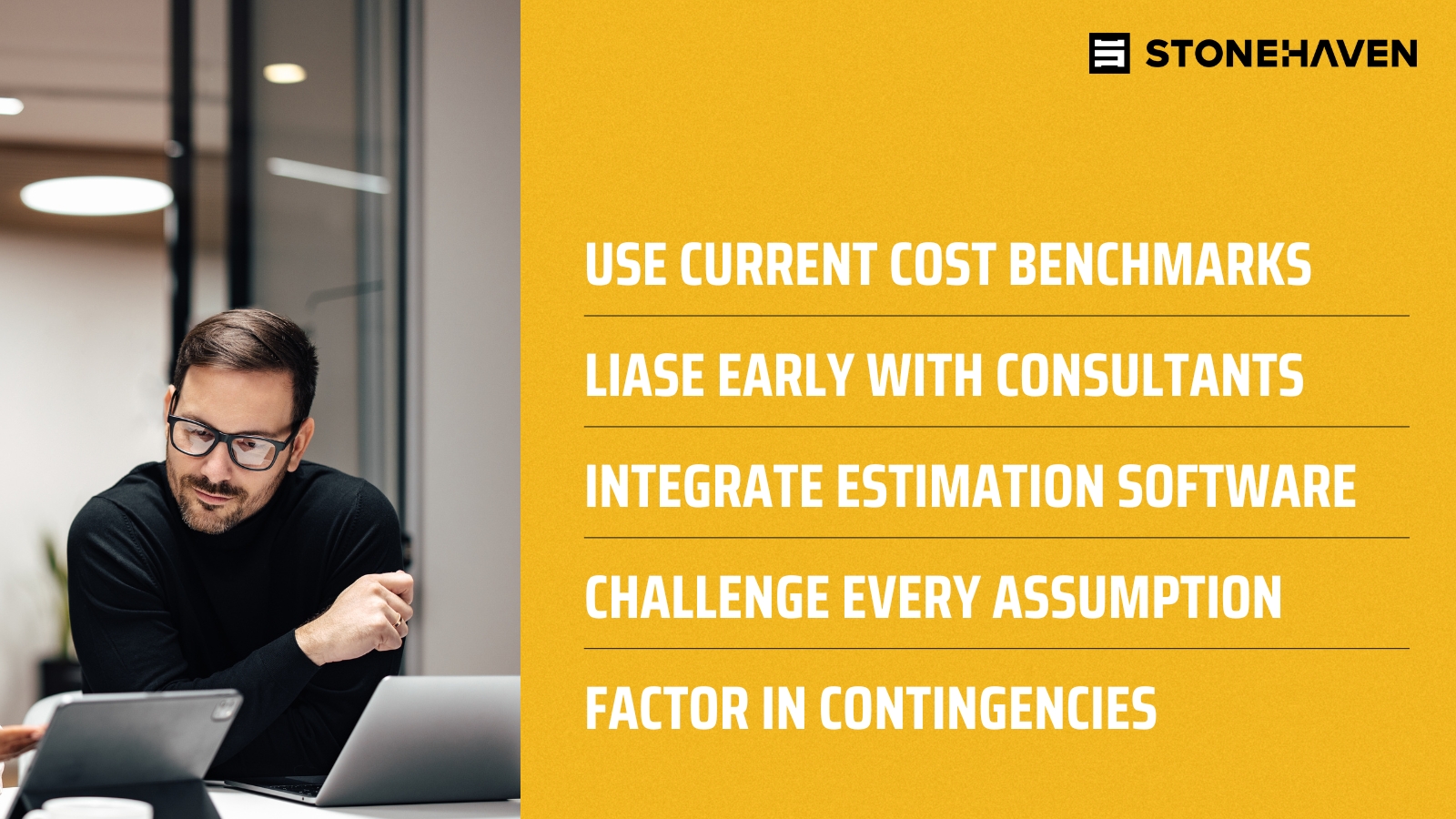
How Do You Ensure Accurate Cost Estimation in Construction?
Cost estimation is a discipline. To ensure accuracy:
● Use current, localised cost data and benchmark rates.
● Collaborate early with suppliers, subcontractors, and consultants.
● Integrate technology like construction estimating software and 5D BIM.
● Validate assumptions through site investigations and historical project data.
● Factor in risk, contingency, and inflation.
Most importantly, align your estimate with the project’s scope, procurement strategy, and timeline. Overestimate and you lose competitiveness. Underestimate and you lose margin. Precision is power.
Conclusion
A construction estimate is a strategic narrative told in costs. From the moment an idea is conceived to the day a project is handed over, different types of estimates inform every decision. They shape scope, influence procurement, mitigate risk, and ultimately ensure successful delivery.
Understanding the five major types of cost estimates in construction—Preliminary, Detailed, Quantity, Bid, and Control equips professionals to build with confidence. Each type provides a specific function and level of accuracy, tailored to a different project phase.
Knowing when and how to apply each type ensures smoother project execution, sharper commercial strategies, and stronger client relationships. It’s not about choosing the cheapest path—it’s about choosing the smartest one.
So whether you’re exploring two types of cost estimates in construction for early development, or deploying 3 types of cost estimates in project management to steer delivery, remember: your estimate is your edge.
About Us
At Stonehaven, we understand that great projects don’t just start with a blueprint. As leading construction consultants and cost managers in the UAE, our team brings decades of international experience, regional expertise, and real-time market insight to every estimate we deliver.
Our services span the full project lifecycle from feasibility to final account ensuring that each construction estimate reflects reality, not just assumptions. Whether you're working on residential, commercial, infrastructure, or hospitality developments, our cost planning services are designed to de-risk your investment and sharpen your strategy.
We don’t just deliver numbers; we deliver clarity. Our rigorous approach to cost estimation in construction combines benchmark analysis, digital tools like 5D BIM, and hands-on collaboration with your design and procurement teams. It’s how we ensure your budgets are defensible, your bids are competitive, and your project is financially resilient.
As your trusted project partners, we provide tailored support across all types of estimates in project management be it preliminary planning, quantity take-offs, bid submissions, or control-based reporting.
Let’s build with certainty and give your project the competitive edge it deserves.











